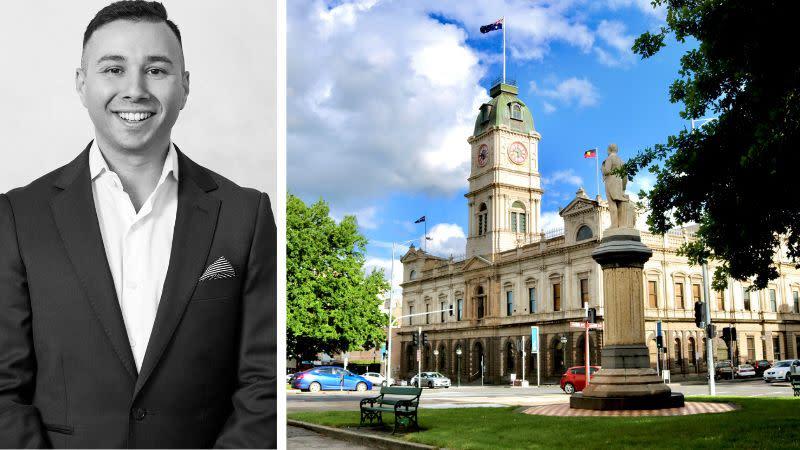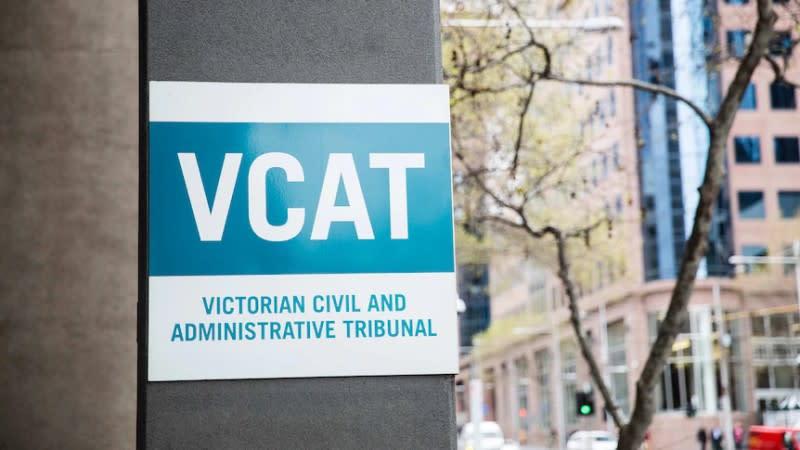The Victorian government should be looking elsewhere if it wants to fix the glacial pace of planning, not at councils.
City of Melbourne’s deputy lord mayor Nicholas Reece lambasted the rumoured state government’s planning takeover in a Future Melbourne Committee meeting recently following a question from a constituent.
“If the Victorian government was looking for some areas to reform in the planning system, it would do well to look at the duplication that currently exists,” Reece said.
“You get the municipality of Melbourne having spent a lot of time and effort looking through all the details in an application and then a huge amount of that work has been done by the Victorian government all over again.
“We have got expertise in traffic management, waste management, heritage assessment and planning—the Victorian government does not need to be doing all that work over again when an application comes before them, they should rely on the expertise here.”
Reece also said planning thresholds set up decades ago were no longer fit for purpose, arguing that councils could take on more responsibility.
“For the City of Melbourne, the planning minister is the responsible authority on any development which is bigger than 25,000sq metres,” Reece said.
“That threshold was set back in the 1990s and the city has changed tremendously.
“I think the Victorian government would do well to lift that threshold to 50,000sq m or more and allow the City of Melbourne to be the responsible authority.
“I think we would get better outcomes for the community and better outcomes for the development community as well.”
Reports of reform
During the past few months, reports have circulated in the media that the state government was exploring planning reforms including taking over duties currently fulfilled by councils.
It was claimed that such reforms would circumvent NIMBYism that could delay or undermine projects deemed to be of benefit to the wider community.
This has drawn criticism on whether there would be adequate community consultation by a state planning authority.
Last week the news broke that the Victorian government would be setting up VicGrid, a state government agency with the remit to run community consultation and take over planning decisions for any new energy infrastructure projects.
Previously this was done through the Australian Energy Market Operator (AEMO), which handles the wind and solar power projects for the Western Renewables Link project in Western Victoria, the Marinus Link to Tasmania and the VNI-Wind link to the New South Wales Riverina region.
But signficant infrastructure is needed, including several hundred kilometres of transmission lines often run as above ground cables and towers across regional and rural areas where communities feel they have been left in the dark.
Reece fiercely defended the role of local government in communities.
“We are the level of government closest to the people and therein lies the strength of local government,” he said.
“We recognise the broad challenges we face as a growing city, but we can respond to that in a fine-grained way, in a fine-tuned way which achieves the overall objective and hopefully most of the time, it brings the community along with us.”
Where local government needs help
It is undeniable that Victoria’s planning system needs a good scrub.
Councils have been hamstrung by a lack of planners, leaving frustrated developers in the lurch. Many planners are moving into private practice, creating gaps in knowledge and experience at the local government level and causing delays.
Samuel Group managing director Illan Samuel has had his fair share of dealings with the Victorian planning system. The Victorian developer has shelved one of his projects due to delays in getting a meeting with the City of Ballarat council.
“Local town planners are under-resourced—I have not dealt with a council yet that has a bunch of town planners who can turn over applications quickly,” Samuel said.
“Most of them are failing to deal with applications in the response time required and they are generous—it’s 60 days—yet a lot of them can’t turn that over.”
Meanwhile, NIMBYism is indeed creating its own share of worries.
Speaking at The Urban Developer’s Melbourne Residential Developer Summit earlier this year Ratio executive director Colleen Peterson said development was still being obstructed by Growth Area Plans set up by the then-planning minister Matthew Guy in 2014.
These 20-year-old plans were the result of a long campaign by residents in the Stonnington, Bayside and Boroondara council areas that effectively locked developers out of building high-density development above two storeys in these key suburbs.
“The biggest planning challenge ahead is the need not for policy change but reform of the planning system,” Peterson said.
“It’s the missing middle,” Charter Keck Cramer director Richard Temlett told The Urban Developer last month, referring to the need for (and lack of) high-density housing in the middle ring of suburbs.
But Illan Samuel says there is sufficient community consultation in zoning and planning schemes—and that once those are set in place, the rules for what can be built are publicly available and known.
He argues that further community consultation on applications that adhere to planning rules creates more bottlenecks and delays.
“When I buy a property I know the height limits, the setbacks required, the residential code and the development overlay there. I know what the council wants me to do,” he says.
“It’s free information and you can go to the public front desk of the council to get it.
“The consultation of the community is and should be done when the zoning is put in place.”
For Samuel, any changes to deal with NIMBYism should focus on when people are able to object to an application.
He said the threshold of objections for an application needed to be reassessed and potentially raised.
“Where I think there is a mismatch in the planning process is the number of objections required whereby the application reaches the councillors,” he said.
“You can have an application for two townhouses and if it gets seven objections it has to go before and get voted on by the councillors.
“Or you can have an application like myself with 69 townhouses, which is probably more impactful on the community and it’s the same number of objections.
“The threshold is very, very low, and keep in mind that in Victoria, you don’t even have to live in the suburb to object.”
Taking applications to the Victorian Civil and Administrative Tribunal is also proving to be a major issue.
Current regulations allow any person, for a $500 fee, to launch an appeal to VCAT over any development application approved by a council.
This then costs taxpayer money as the council has to provide a legal defence of its decision as does the developer before the matter is decided, while the person launching the appeal is not required to cover costs.
Samuel said real action is needed at state level.
“We had a planning minister, Richard Wynne, and he didn’t make planning decisions quickly—they were sort of almost taken over on the back end and it was a bit of rules on the run for plot ratios,” he said.
“He was not really giving clear feedback to development applicants.
“And I think now we have a planning minister who is delivering excellent 10-minute speeches but not really engaging with the industry.”
Developers holding back
Developers are now gun shy which is not going to help resolve the housing crisis either, according to Samuel.
“I have been to many functions where really prominent developers have said very publicly to the room that they won’t launch another application in a major part of town until there is certainty,” he says.
“So they are just going to sit on their hands and not even bother—and that’s a real problem.”
But Samuel believes the changes required to grease the wheel are not necessarily in the planning system.
“I don’t think there needs to be planning reform,” Samuel says.
“What there needs to be is more incentive to act, which is more taxation reform.
“If there are changes regarding stamp duty, land values, concessions to buy, that will fire up the market and developers will understand how it will work better than fixing planning because we have already factored VCAT costs or that things will move slower, all of that we have already factored in the pricing.”
You are currently experiencing The Urban Developer Plus (TUD+), our premium membership for property professionals. Click here to learn more.





